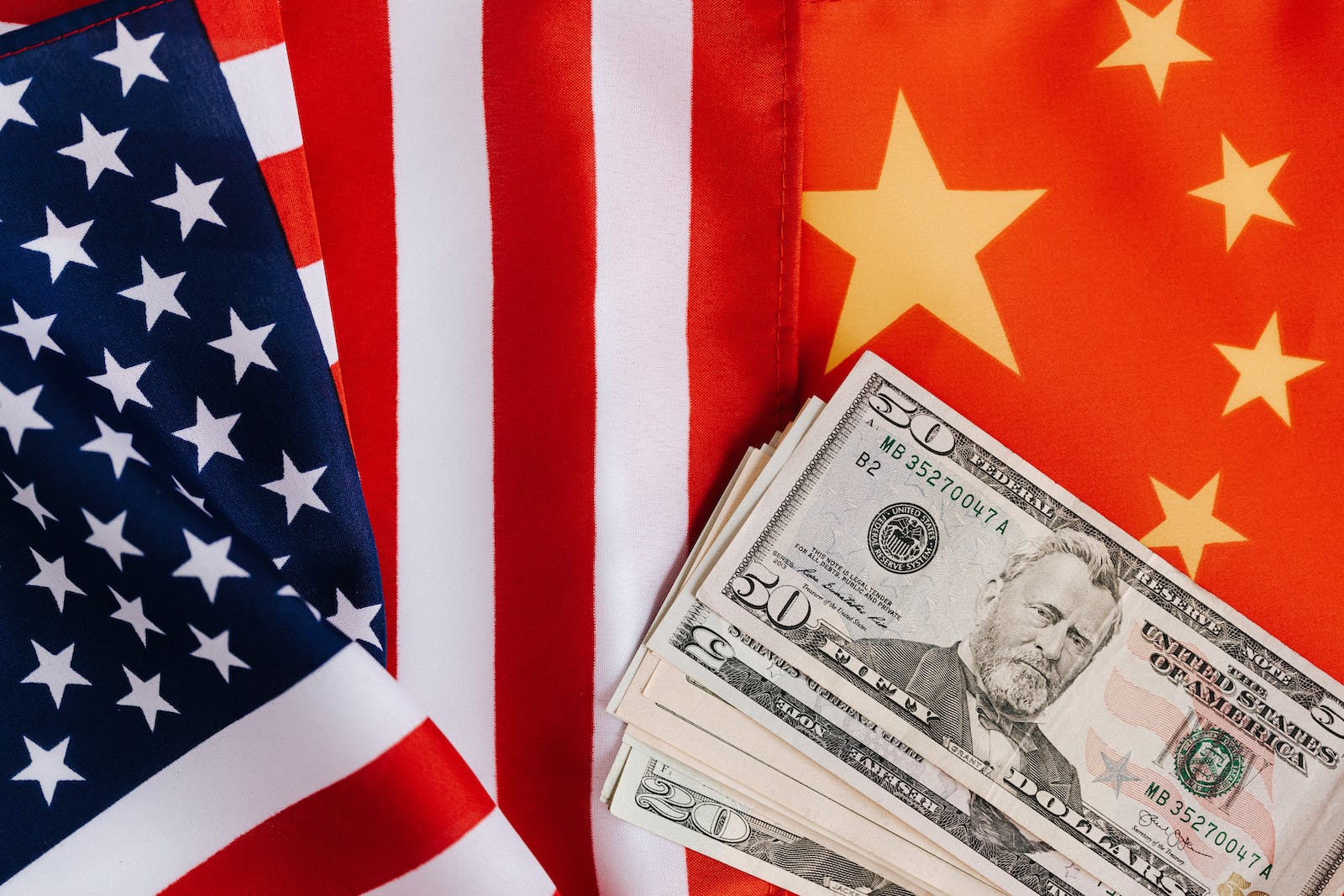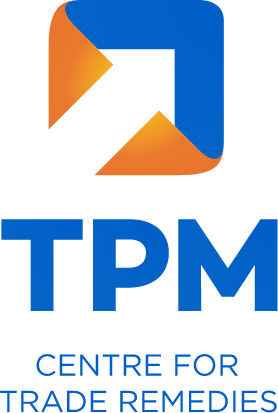The conundrum of trans‐national subsidies
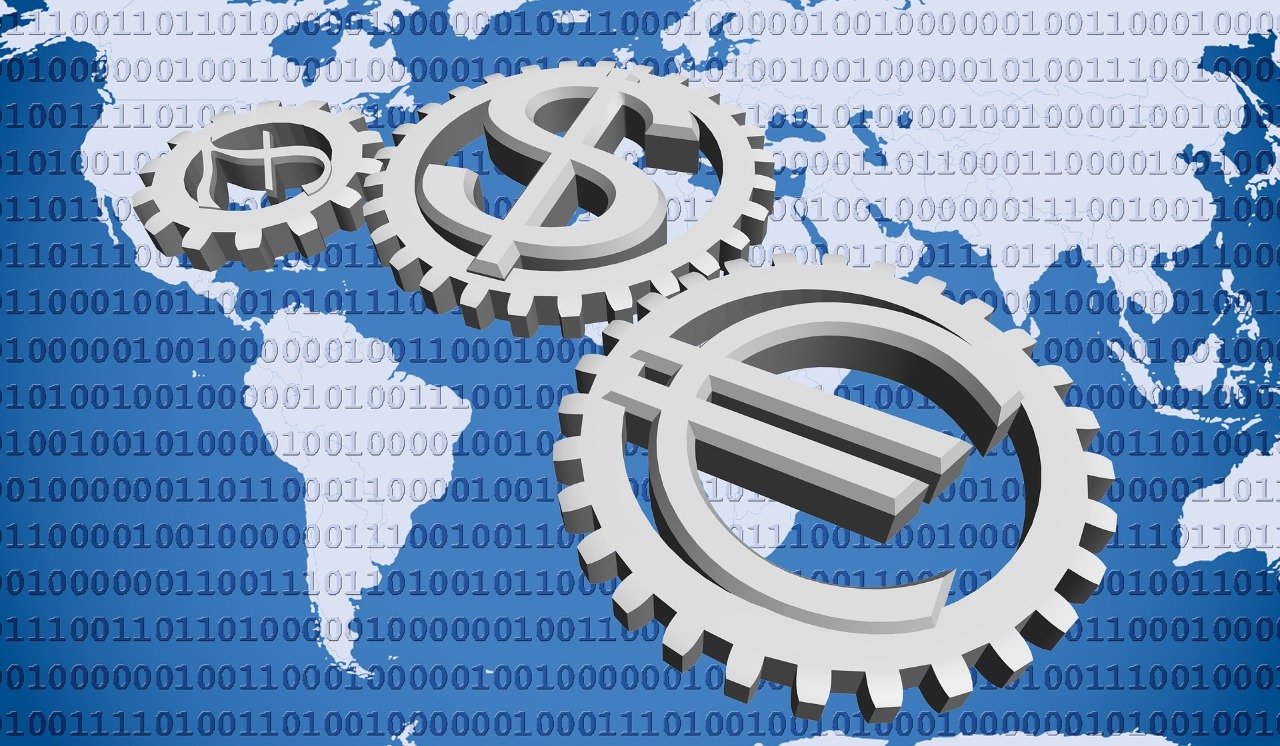
Author: Kalpesh Gupta, Senior Consultant
The issue of trans-national subsidies and treatment thereof in anti-subsidy investigations has been a topic of debate for a very long time. With no place in the Agreement on Subsidies and Countervailing Measures (“ASCM”), the investigating authorities have been left quite perplexed regarding the manner in which such subsidies may be addressed in anti-subsidy investigations.
A literal interpretation of the term “trans-national subsidies” implies a subsidy across national boundaries, that is, a subsidy given by the Government of one country, to an entity in another country. An example of a trans-national subsidy may be benefits received by a company from its Government to set up operations in a different country. One of the live examples of it is investments being done by Chinese companies with the support of the Government of China in modern fisheries and rubber-related plantations in Thailand, Malaysia, Myanmar, Laos, Cambodia and Cameroon. Another case in point of trans-national is setting up of steel manufacturing by Chinese companies with the help of Government of China in Indonesia. Of late, such trans-national subsidies have emerged as a significant deterrent to fair market principles, allowing certain countries to export goods at non-competitive price or unfair price in importing countries.
Treating trans-national subsidy as a countervailing subsidy
The difficulty in consideration of trans-national subsidies within the scope of countervailable subsidy may arise from the language of Article 1 and 2 of the Agreement on Subsidies and Countervailing Measures (“ASCM”). Article 1 of the ASCM provides that a subsidy shall be deemed to exist if there is a financial contribution by a government or any public body within the territory of a Member. It might appear that Article 1 suggests that subsidy has to be provided by the government in its own territory. However, the agreement does not explicitly specify the territory of which member is relevant for determining whether subsidy has been conferred, therefore the use of “a member” in the agreement may be interpreted as the government or a public body providing the subsidy and the recipient of the subsidy need not necessarily be within the same territory. Therefore, a view may be taken that by absence of “the member”, the ASCM has left open the scope of member which is providing the subsidy. This proposition also gets strength from the WTO Panel Report ruling in the matter of United States – Definitive Anti-Dumping and Countervailing Duties on Certain Products from China (2010), wherein the Panel held that ‘the recipient of a financial contribution need not be within the territory of that Member. The other obstruction in considering transnational subsidy can be due to the Article 2 of the Agreement which deals with “specificity”. Article 2 of the Agreement lays down the conditions under which a subsidy may be treated as specific. Herein, the Agreement refers only to the subsidies conferred upon enterprises located within a designated geographical region within the jurisdiction of the granting authority. This implies that a subsidy shall be specific only when it is provided within the designated geographical region in the jurisdiction of the granting authority and satisfies the criteria further laid down under Article 2. However, in case of trans-national subsidies, the financial contribution has instead been given by the Government of a country, directly or indirectly, within the territory of a different country. Therefore, an investigating authority may not be able to treat a trans-national subsidy as a specific subsidy for the purpose of levy of countervailing/anti-subsidy duty.
First step taken by European Union to counter the issue
The European Commission in a recent Countervailing duty investigation on the imports of certain woven and/or stitched glass fibre fabrics originating in the People’s Republic of China and Egypt was also faced with the issue of trans-national benefit. In this case, it was noted that the Government of China and Government of Egypt had signed a memorandum in the 1990s, under which they mutually agreed to establish a special economic zone in Egypt. The two Governments then signed a cooperation agreement whereby both the countries agreed to provide benefits to entities operating in the economic zone. The Government of Egypt provided land, labour and tax benefits and the Government of China provided benefits in the form of preferential arrangement of funds. Thus, a company set up and operating in the special economic zone was entitled for benefits from both the countries.
The Commission relied upon Article 11 of the ILC Rules on State responsibility to interpret the term “by the government” and took the view that under the ASCM a financial contribution provided by another state which the territorial government acknowledges and adopts as its own can be considered as financial contribution by the latter . Therefore, due to Egypt’s acknowledgment and adoption of the Chinese Government’s contributions as its own, it has led to subsidies provided by the Government of China be treated as a financial contribution by Government of Egypt. The Commission has, thus, considered benefit as a subsidy for the levy of countervailable duty.
Thus, the European Commission has taken the first step towards covering trans-national subsidies within the purview of the anti-subsidy investigations. However, the decision taken by the European Union is yet to stand judicial scrutiny and the principles adopted by the European Commission may not be easily replicated in all cases. Another major issue which remains unaddressed till now is that of receipt of subsidized inputs by a producer in one country from another country. For instance, in the Anti-subsidy investigation concerning the imports of Welded Stainless-Steel Pipes and Tubes originating in or exported from China PR and Vietnam, the domestic industry demonstrated that the producers in Vietnam were benefitting from import of subsidized raw material, steel from China. This was based on the final findings of the Authority in the countervailing duty/anti-subsidy investigation concerning imports of certain Hot Rolled and Cold Rolled Stainless Steel Flat Products, originating in or exported from the People’s Republic of China. It was contended that 80-90% value of export of the subject goods from Vietnam comprised of subsidized steel from China and the value addition being done in Vietnam was very minimal. The import of such subsidized steel allowed them to export welded pipes and tubes at cheaper prices. However, this aspect was not examined by the Indian Authority in the investigation and such benefits were not considered for the purpose of levy of duties.
Although the finding by the European Union Commission addresses only a small aspect of trans-national subsidies, it can still act as a steppingstone for future investigations involving the same issue. In the present situation, close cooperation between countries and Chinese corridors in different countries is leading to increased instances of trans-national subsidies. Thus, the issue of trans-national subsidies is likely to come to the forefront more often. With the drastic impact it may have in allowing certain countries to export cheaper goods, the importing countries may soon have to come up with effective ways to redress the trade distortion arising as a result.
You May Also Like
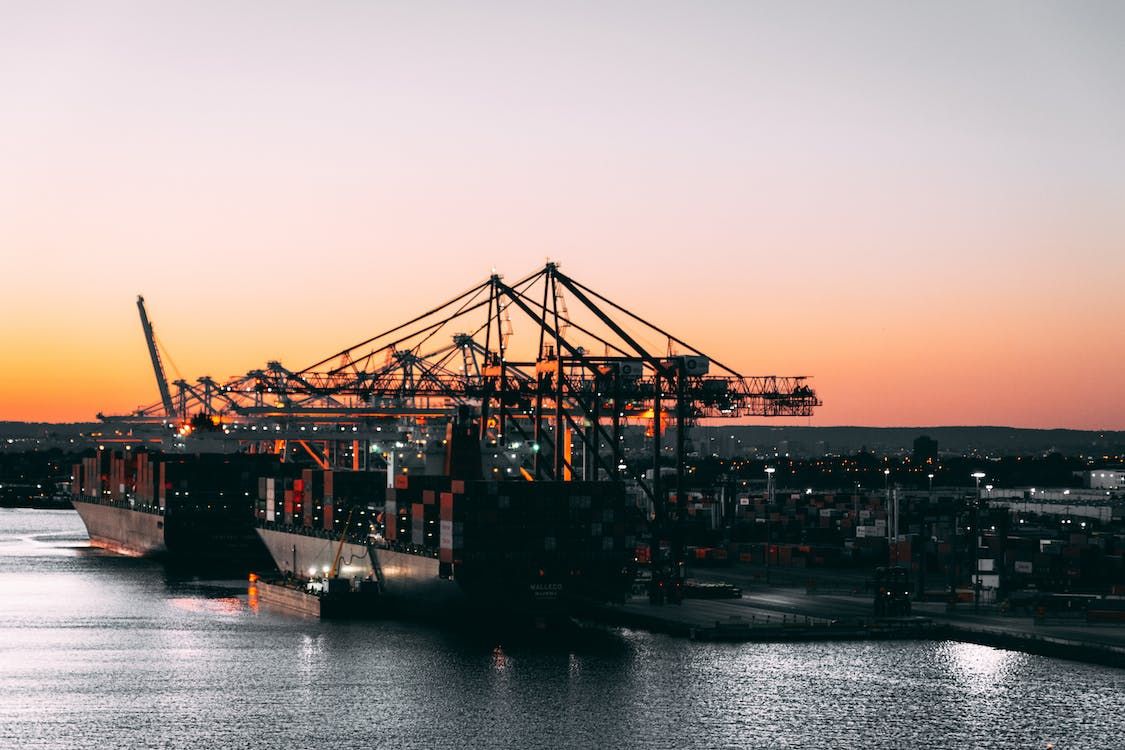
Availability of Import Data: Balancing Confidentiality of Proprietary Information & the Legitimate Requirements of Parties

Saudi Arabia’s Trade Remedial Law- A step forward.
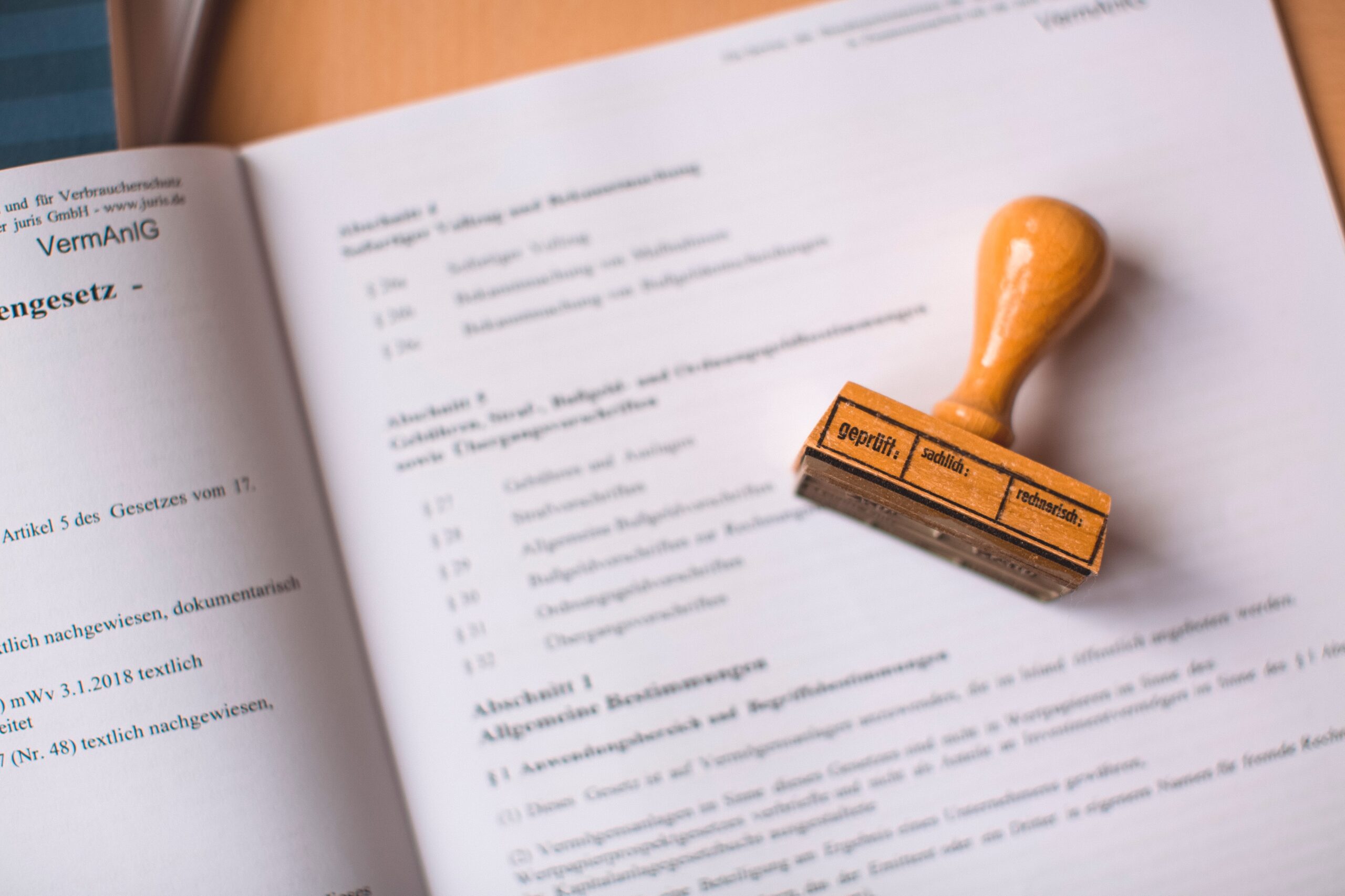
Benefit under Advance Authorization : Key Change in US Position
